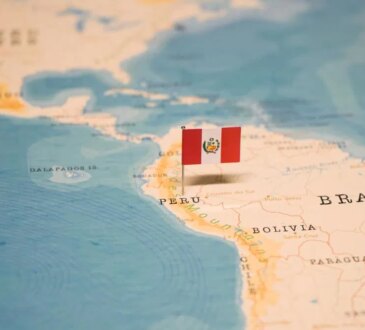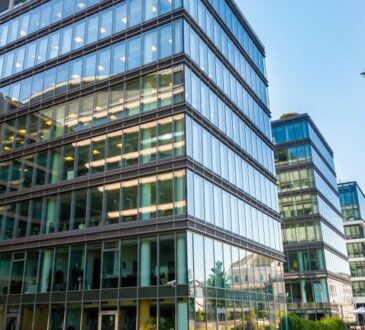Solar energy the main draw for green investments in South-eas Asia in 2024: Report
SINGAPORE – Investors are most drawn to solar energy projects for green investments in South-east Asia, according to a report released on May 6.
More than 30 per cent of 2024’s green investments in the region were in solar energy, the South-east Asia Green Economy 2024 report found. These included solar and battery energy storage facilities, as well as manufacturing plants for solar cells and panels.
A collaboration between Bain and Company, Temasek, Google GenZero and Standard Chartered, the report also showed that more than 62 per cent of green investments in South-east Asia were made in Singapore and Malaysia.
Total investment in solar energy in Singapore hit US$384 million (S$497.7 million) in 2024, up from US$66 million in 2023. Overall, green investments in Singapore drew US$2.7 billion in 2024, which more than tripled from US$900 million in 2023.
A total of 69 per cent of green investments in South-east Asian countries made in 2024 were by foreign investors, both within and outside the region. Singapore was the most active investor in the region, being involved in 39 per cent of deals.
But while green investments may be growing, current projections show that Asia-Pacific nations are not on track to meet their 2030 targets, with the gaps between actual emissions and targets expected to widen by 2040 and 2050. The report noted that South-east Asia remains particularly vulnerable, as its emissions have yet to peak.
Ms Franziska Zimmermann, managing director of sustainability at Temasek, noted that with just five years to 2030, the “window for action” to avoid the worst effects of climate change is rapidly closing.
“We need to increase the momentum and focus on pragmatic solutions with near-term impact… Stakeholders in this region have an opportunity to drive transformative, systems-level change that can balance energy security, sustainability and economic growth,” she said.
The report highlighted three “systems-level solutions” to drive decarbonisation in South-east Asia: developing a sustainable bioeconomy with better agricultural practices and waste management; upgrading grid infrastructure to support renewable energy like solar power; and growing the electric vehicle ecosystem.
The report said that if fully implemented, these solutions could generate up to US$120 billion in additional gross domestic product, create 900,000 jobs and cut the region’s emissions gap by as much as 50 per cent by 2030.
It said such efforts could be supported by more carbon pricing as well as targeted green and transition financing, and the use of artificial intelligence to improve waste management and farming efficiency.
A looming challenge, however, is that with the rise in energy demand from AI solutions, data centres will need to turn to renewable sources, which remain costly.
One proposed solution is the use of virtual power purchase agreements (VPPAs), a financial arrangement where companies that run data centres help fund renewable energy projects by paying for renewable energy certificates, even if they do not use the electricity directly or are not on the same grid. This would help firms meet their green targets in countries where renewable energy is limited or too costly to access directly.
VPPAs are gaining traction as a key tool for corporates, with countries such as Singapore and Malaysia enabling their use.
Mr Dale Hardcastle, partner and co-director of Bain & Company’s Global Sustainability Innovation Centre, said that the current macro environment might slow progress in the green economy, but South-east Asia and the broader Asia-Pacific could still see momentum as governments, companies and investors shift priorities.
“By focusing on scalable, high impact systems-level solutions, South-east Asia can rewrite the green economy playbook and turn current challenges into opportunities,” he said.
“The need now is to drive two key outcomes in parallel – significant emissions reduction and sustained economic growth – ensuring that the region not only meets its climate goals but also builds long-term resilience and prosperity.”
Join ST’s WhatsApp Channel and get the latest news and must-reads.




